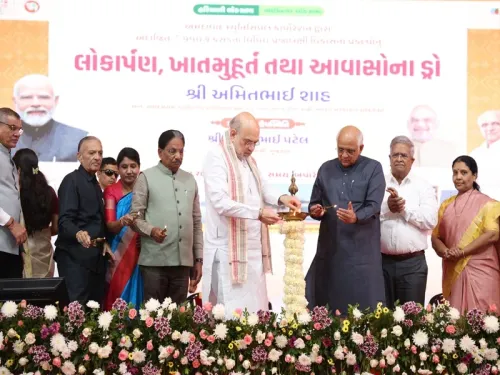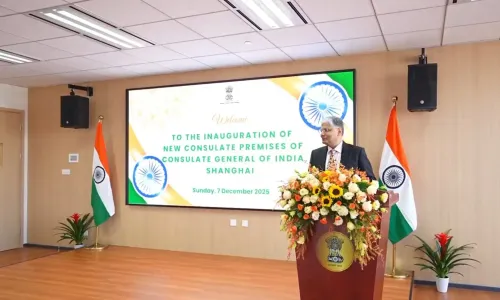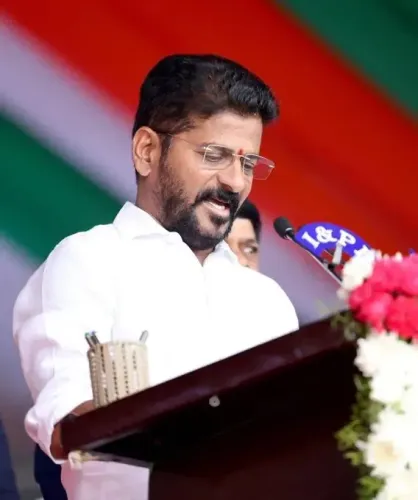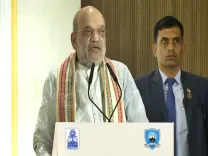How has INS Udaygiri Enhanced India's Naval Power?
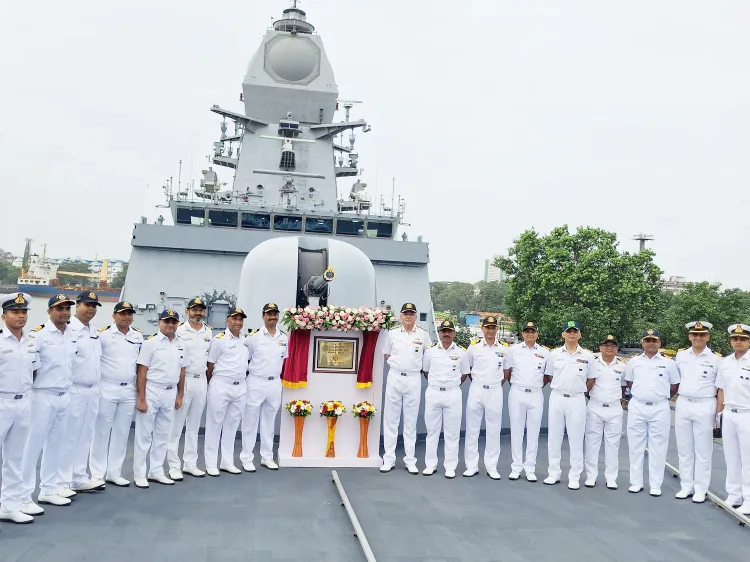
Synopsis
Key Takeaways
- INS Udaygiri enhances India's naval capabilities.
- Delivered in just 37 months post-launch.
- Equipped with advanced weapons and sensors.
- Symbolizes India's commitment to Aatmanirbharta.
- Over 200 MSMEs involved in its construction.
New Delhi, July 1 (NationPress) In a significant enhancement to India's naval strength and homegrown defence manufacturing, the Indian Navy has officially inducted INS Udaygiri, marking the delivery of the second stealth frigate under Project 17A this past Tuesday.
Delivered in a remarkable span of just 37 months post-launch, Udaygiri sets a new benchmark for efficiency and innovation.
Constructed by Mazagon Dock Shipbuilders Limited (MDL) in Mumbai, Udaygiri is a cutting-edge multi-mission frigate engineered to function in ‘Blue Water’ conditions and address both conventional and unconventional maritime challenges.
According to the Ministry of Defence (MoD), Udaygiri is a contemporary iteration of its predecessor, the former INS Udaygiri, which was a Steam Ship decommissioned on August 24, 2007, after 31 years of commendable service to the nation.
The P17A vessels boast improved stealth capabilities and are equipped with advanced weaponry and sensor systems, marking a substantial upgrade from the P17 class.
As the MoD explains, these ships represent a significant advancement in the Indian Navy's in-house design skills at the Warship Design Bureau. The newly crafted vessels are being built using the ‘Integrated Construction’ method, which emphasizes extensive pre-outfitting during the Block stages to shorten overall construction timelines.
The hull of P17A vessels is designed to be 4.54 percent larger than that of the P17 class. These ships feature an advanced array of weapons and sensors with enhanced ‘sleek and stealthy’ characteristics.
They are equipped with Combined Diesel or Gas (CODOG) propulsion systems, which include a Diesel Engine and Gas Turbine, driving a Controllable Pitch Propeller (CPP) on each shaft, along with a state-of-the-art Integrated Platform Management System (IPMS).
This frigate also embodies the essence of 'Aatmanirbharta' in defence manufacturing. More than 200 MSMEs played a role in the construction of Udaygiri, showcasing India's evolving shipbuilding ecosystem.
The initiative has directly employed around 4,000 individuals, with over 10,000 others gaining indirect benefits through associated sectors. With five additional ships under construction and slated for delivery by the close of 2026, Project 17A signifies a pivotal moment in India's journey toward maritime self-sufficiency and naval modernization.
The introduction of Udaygiri not only enhances the combat readiness of the Indian Navy but also strengthens India's strategic presence in the Indian Ocean.



